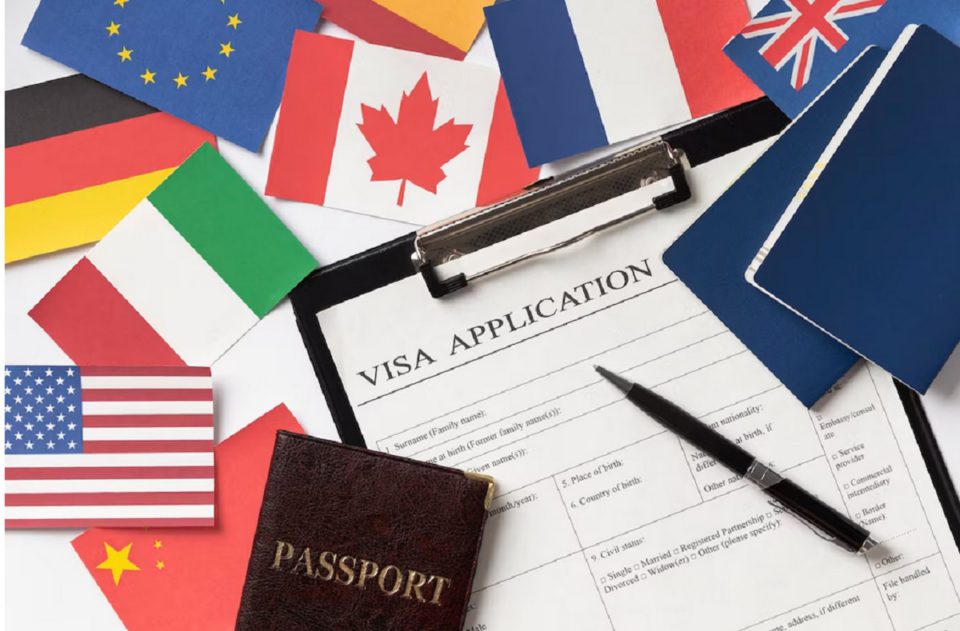Moving to a new country can be an exciting but daunting experience, and navigating the immigration system can often feel overwhelming. For individuals looking to move to Toronto, it is important to understand the different immigration programs and categories available, as well as the requirements and application processes involved. In this article, we’ll provide a comprehensive guide to navigating the Toronto immigration system, from applying for visas to obtaining permanent residency and citizenship.
Understanding the Immigration Landscape in Toronto
Before diving into the specifics of the Toronto immigration system, it is important to understand the different categories and programs available. There are several ways for individuals to immigrate to Canada, including economic programs, family sponsorship, and refugee protection.
Economic programs are designed to attract skilled workers to Canada who can contribute to the country’s economy. These programs include the Federal Skilled Worker Program, the Canadian Experience Class, and the Federal Skilled Trades Program. Applicants for these programs must meet certain eligibility criteria, including language proficiency, education, and work experience.
Family sponsorship is available for Canadian citizens and permanent residents who wish to sponsor a close family member for immigration to Canada. This includes spouses, partners, dependent children, parents, and grandparents.
Refugee protection is available for individuals who are outside their home country and unable or unwilling to return due to a well-founded fear of persecution. Refugee claims are assessed by the Immigration and Refugee Board of Canada (IRB).
Applying for Visas
The first step in immigrating to Toronto is to determine which type of visa you are eligible for and apply accordingly. Visa applications are processed by Immigration, Refugees and Citizenship Canada (IRCC).
For economic programs, applicants must first submit an Expression of Interest (EOI) through the government’s online system. If the applicant meets the eligibility criteria and receives an Invitation to Apply (ITA), they can then submit a full application for permanent residence.
Family sponsorship applicants must first submit a sponsorship application to IRCC, followed by an application for permanent residence by the sponsored family member.
Refugee claimants can either make a claim at a Canadian port of entry or from within Canada. The IRCC will assess the claim and determine whether the individual is eligible for refugee protection. It is recommended that claimants use the services of Toronto immigration lawyers to ensure all steps are followed.
Obtaining Permanent Residency
Once a visa application has been approved, the next step is to obtain permanent residency. Permanent residency allows individuals to live and work in Canada on a permanent basis, as well as access certain social services and benefits.
For economic program applicants, obtaining permanent residency involves submitting a full application after receiving an ITA. This application must include supporting documentation such as language test results, educational credentials, and work experience.
Family sponsorship applicants who are approved for permanent residency will receive a Confirmation of Permanent Residence (COPR) document, which they must present at the port of entry when entering Canada.
Refugee claimants who are approved for refugee protection will also receive a COPR document and will be granted permanent residency.
Becoming a Canadian Citizen
After living in Canada as a permanent resident for a certain period of time, individuals may be eligible to apply for Canadian citizenship. Citizenship provides additional benefits such as the right to vote and a Canadian passport.
To be eligible for citizenship, applicants must meet certain requirements including language proficiency, residency in Canada, and knowledge of Canadian history and culture. Citizenship applications are processed by IRCC.
Challenges and Support for Newcomers
While the Toronto immigration system is designed to be fair and efficient, newcomers may still face various challenges when settling into their new lives in Canada. These challenges may include language barriers, difficulty finding employment, and social isolation.
Fortunately, there are many resources available to support newcomers in Toronto. Settlement services are available to help newcomers with tasks such as finding housing, opening bank accounts, and navigating the healthcare system. Language classes are also available to help individuals improve their English or French language skills.
In addition, there are many community organizations and volunteer groups dedicated to supporting newcomers. These groups provide opportunities for social connection and can help individuals feel more integrated into their new communities.
The Future of Immigration in Toronto
As Canada’s largest city and a major hub for immigration, Toronto will continue to be an important destination for newcomers in the coming years. However, immigration policies and programs may be subject to changes over time.
For example, recent years have seen changes to the Express Entry system and an increase in the number of refugees admitted to Canada. It is important for individuals considering immigrating to Toronto to stay informed about any changes to immigration policy and to work with trusted advisors throughout the application process.
In conclusion, navigating the Toronto immigration system can be a complex process, but with the right information and support, it is possible to successfully obtain visas, permanent residency, and citizenship. Understanding the different categories and programs available, as well as the eligibility criteria and application processes, is key to a successful immigration journey. It is also important to be aware of the challenges that newcomers may face and to take advantage of the many resources and support services available in Toronto. With careful planning and preparation, individuals can make a smooth transition to their new lives in Toronto and contribute to the city’s vibrant and diverse communities.
